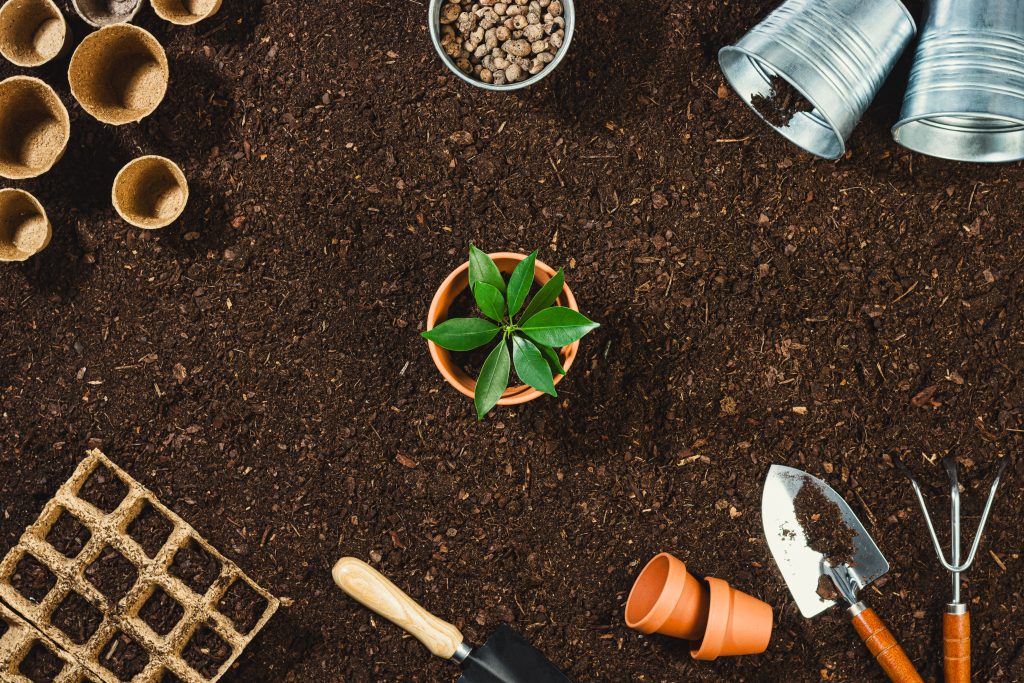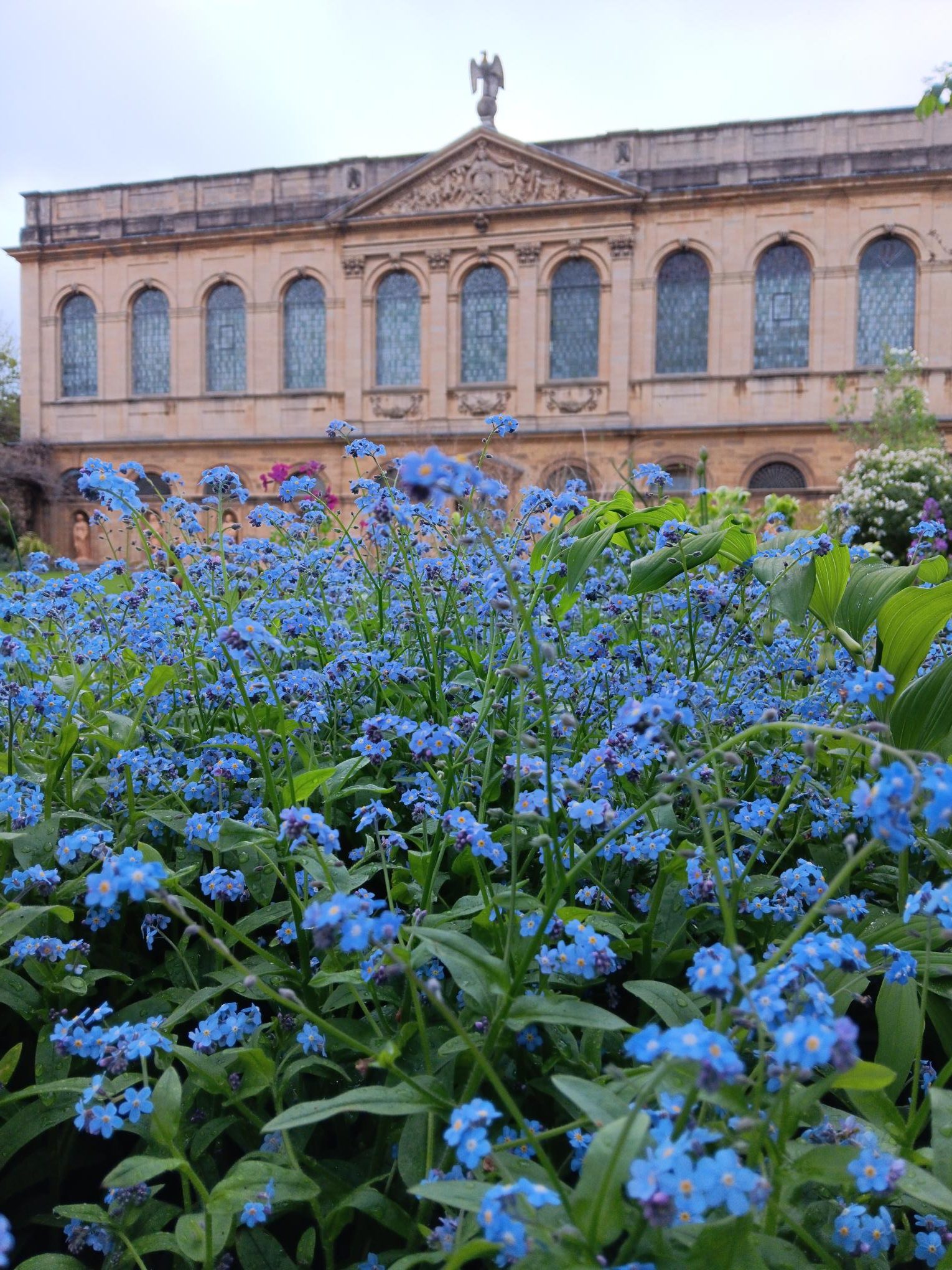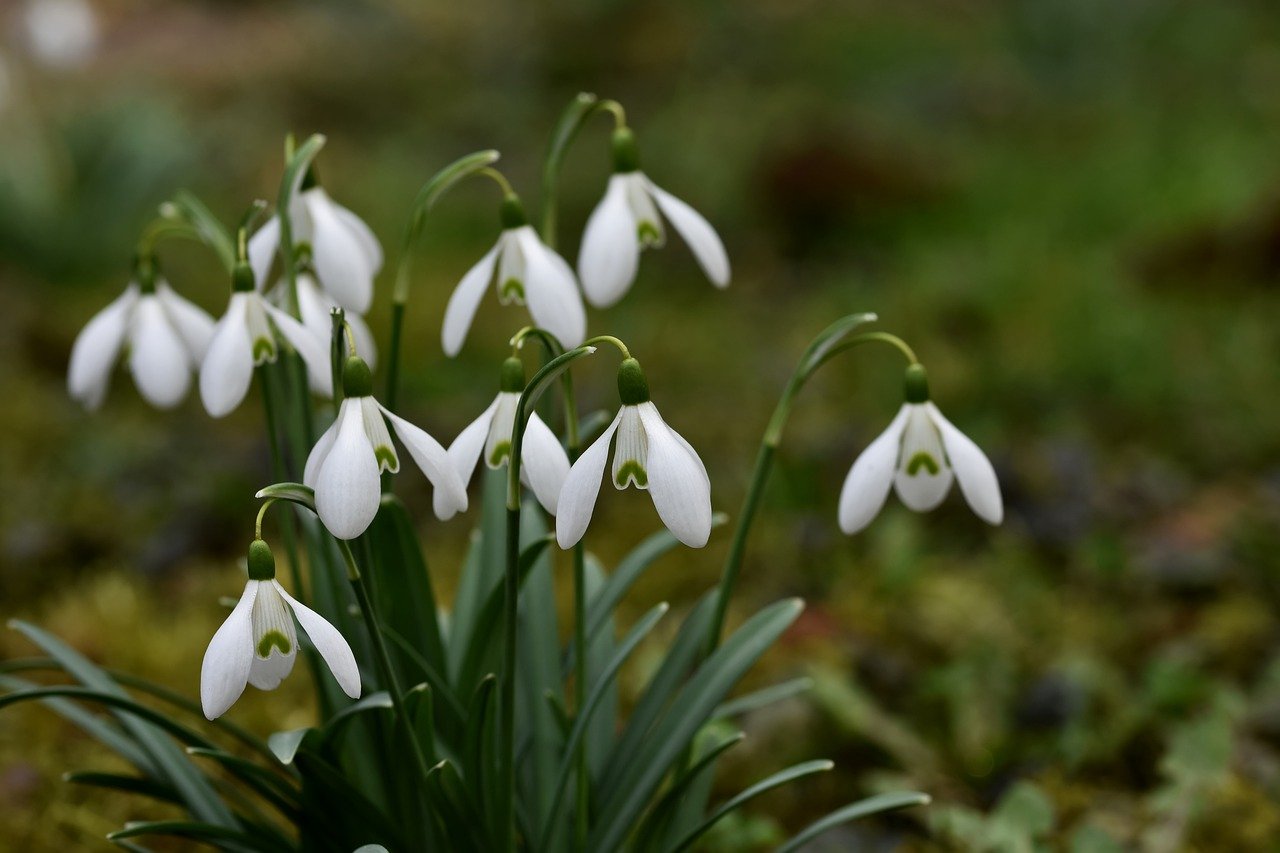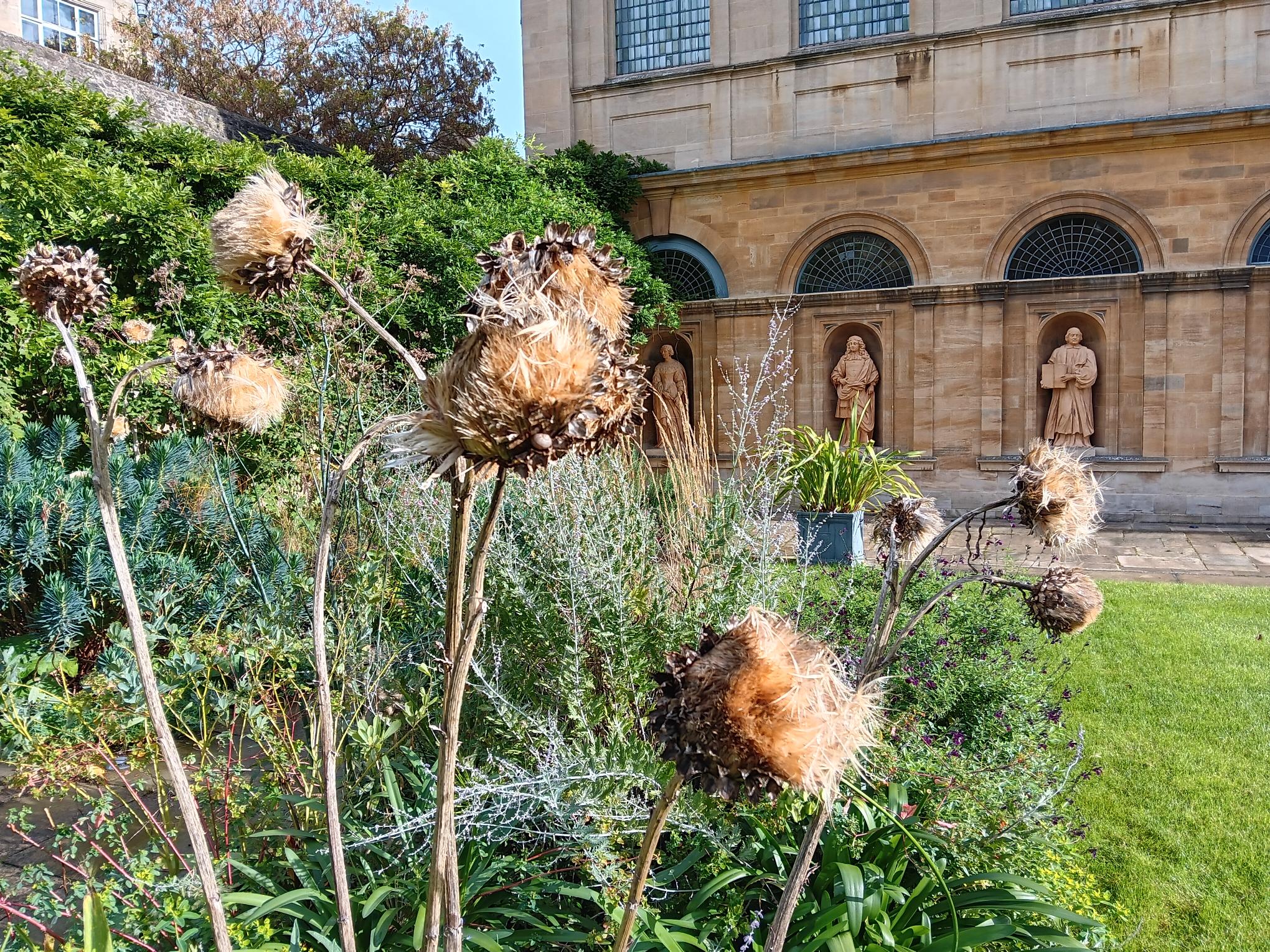Seeds of Change by Head Gardener Gwyneth Hanson
Although we are entering the summer term, headed towards the end of the academic year, it’s currently still spring, a time of beginnings.
For me personally, it’s the beginning of my first full year as Head Gardener at The Queen’s College, having started in December and never seen the garden at this time of year before. And in horticultural terms, spring it is when the garden awakes from its winter sleep and begins growing again.
I also think of spring as an optimistic time of year. I think we all look forward to the sunnier days ahead, and being out in the garden allows you to see the changing seasons, enjoy the sunshine and fresh air, and, of course, get some exercise. It is not surprising that gardening is now being prescribed to help people with various medical conditions as it is so good for us, and, if you garden organically, totally chemical free.
The most optimistic and feel-good gardening task, in my opinion, is seed-sowing. You can sow seed all year round if you wish, and, in fact, some seed is best sown in late summer and autumn, when it is fresh and would naturally land on the ground, especially if it requires a cold period before germination. However, most people sow most seed in spring.
I have been engaged in this activity at College, sowing a wide range of plants, from dramatic caster oil plants Ricinus Communis ‘Impala’ (a tender plant that grows quickly into a tall plant with fantastic tropical-looking dark foliage, great for exotic bedding, or just as an architectural gap-filler or backdrop to other plants) to perennials like a species of Lavender called Multifida that has the usual elegant, scented flowers that pollinators adore, but with unusual shaped leaves and it is quick growing compared to other lavender cultivars.
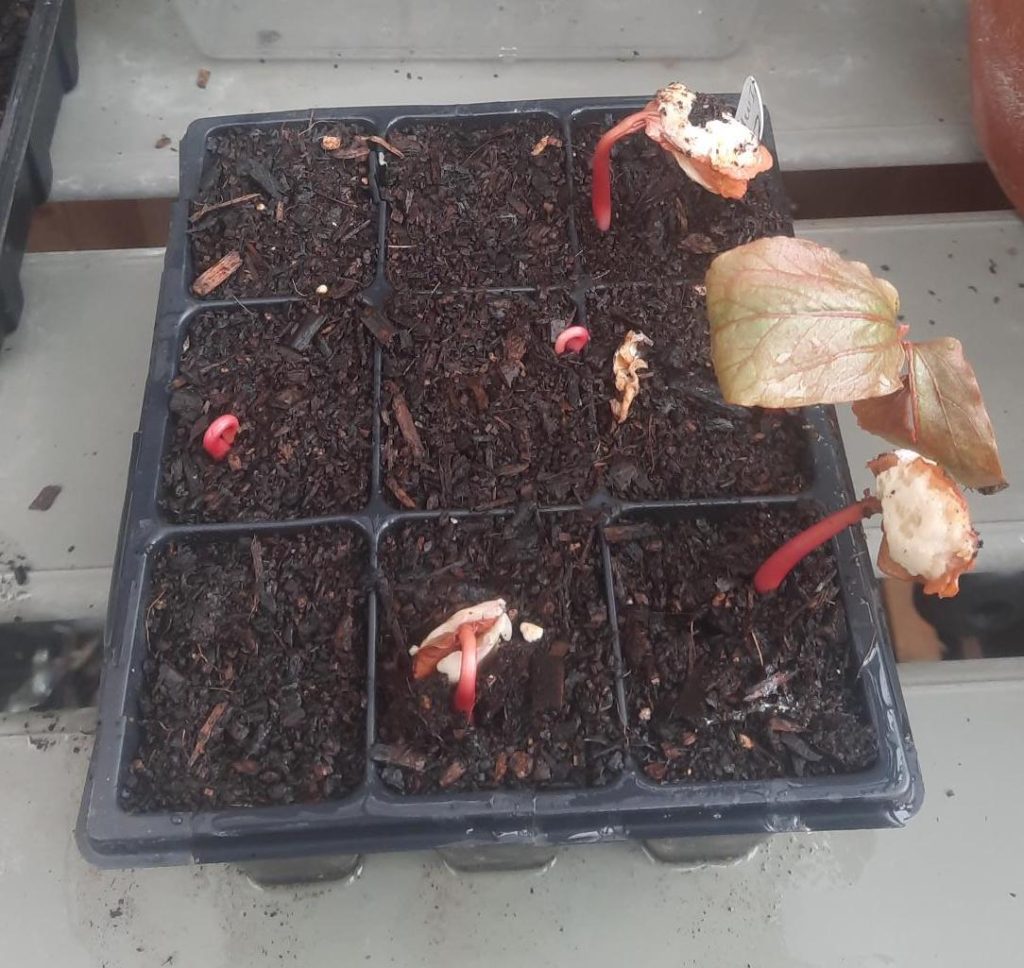
You may wonder why spend the time growing from seed rather than simply buying plants? Well, along with the great satisfaction gained from germinating seed, there are other advantages that make it well worth doing.
Firstly, some things are very difficult to find available to buy as ‘ready grown’ plants, so, by buying seed, you open up a wider range of things you can grow, especially since if the plants are available as ready grown items, they will be much more expensive. A seed packet is very rarely more than £5 and unless you purchase something that’s an F1 cultivar*, or is exceedingly rare, or produces very few seeds, you are likely to get at least 25+ seeds; many popular seeds will have 100 or more seeds in each packet. Contrast that with it being increasingly hard to find an individual plant for sale for less than £5. And those that are, are generally in one litre pots or smaller. There is the option of buying multipacks of module sown seedlings or plugs plants, but they are more fragile than garden-ready plants and need growing on. They are also still normally at least twice the cost of seed for fewer plants, so, unless it’s tricky to germinate, you may as well sow your own!
Another appealing factor is that you can control all aspects of the growing, like using peat-free compost, something that isn’t yet done by all commercial growers, and avoiding the use of chemicals, especially on plants you’re intending to eat. Also, you can grow the plants ‘hard’ exposing them to more cold or less water than the plants raised in commercial glasshouses, which are given optimum conditions for fast growth. Nurseries benefit from a quick turnover as they would rather sell a six-week old plant that’s had less inputs and get another crop on the way than make the plant hardy. If you grow your own, you can produce a tougher, more resilient plant with a good root system, that should be better equipped to survive when planted outside. And, depending on the plant, you can also sow things directly, in situ. This is normally only done with annuals and biennials i.e. flowers like Nigella (love-in-a-mist), salad crops like rocket and other annual vegetables (for instance dwarf French beans), plus wildflowers, particularly native arable ‘weeds’ such as field poppies.
This requires making a good ‘seedbed’, which traditionally would have involved weeding and digging over the area you’d selected and then raking and firming the soil until it was level and had a consistency like fine breadcrumbs (referred to as a ‘good tilth’). However, many folk are now choosing no-dig gardening and it can be tricky to make a seedbed if your soil is heavy clay and the weather remains wet, and once sown, the seed is subject to not only poor weather conditions, but pests like slugs and mice plus fungal disease at its most vulnerable stage of growth. Therefore, it’s often advisable to start seeds indoors in sterile compost, and then prick out (move seedlings with ‘true’ leaves rather than initial seed leaves into individual pots or cells), before planting out (the main exception to the rule being root crops as they don’t appreciate root disturbance). However, it’s often convenient to grow carrots etc. in pots of stone-free compost, and if you have the space, you can sow many in a large container (or herbs like basil) and keep them safe inside until they’re growing nicely.
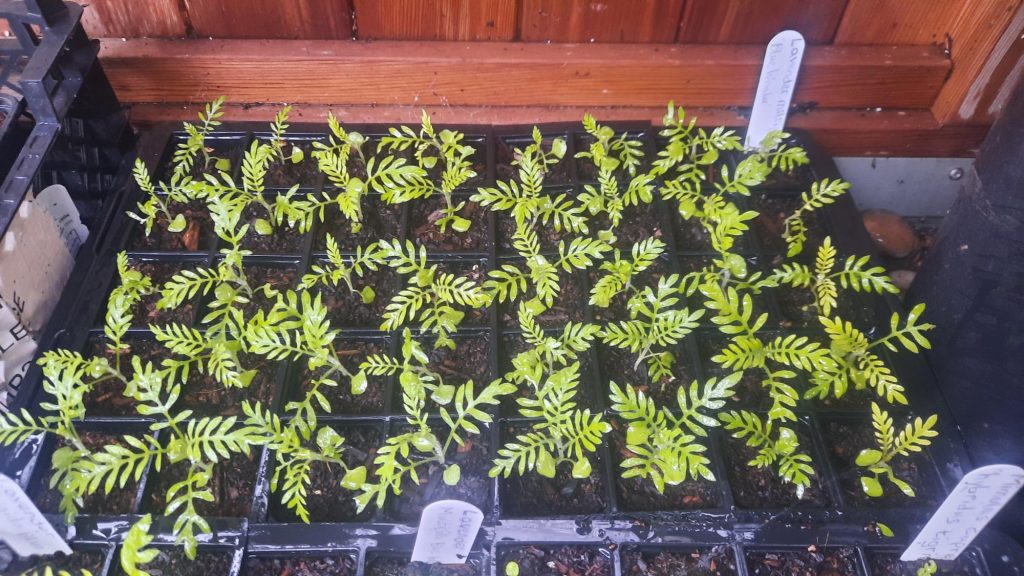
There is still time to grow many favourite ornamental and edible plants to enjoy later this year from seeds. So, if you like having plants in or around your home and have a windowsill you can fit a seed tray on, why not begin your own gardening journey this spring and grow something you fancy and look forward to reaping the rewards? I know I’m looking forward to growing on and planting out the seeds I’ve sown at College and sharing the result with you all.
*An F1 cultivar is expensive because it is the result of breeding two different strains of a variety to produce a third variety. The term ‘F1’ stands for Filial 1 or ‘first children’.
